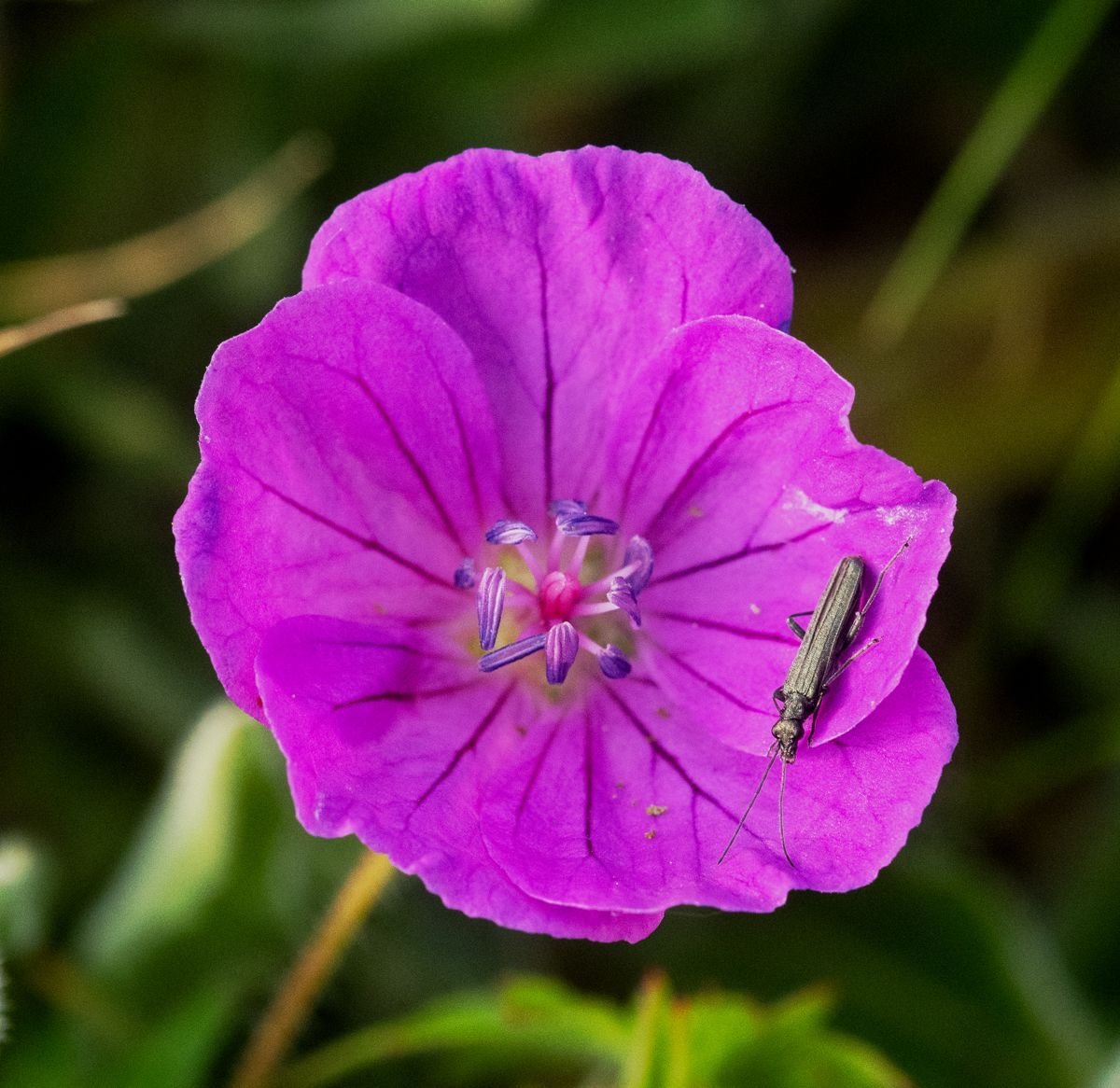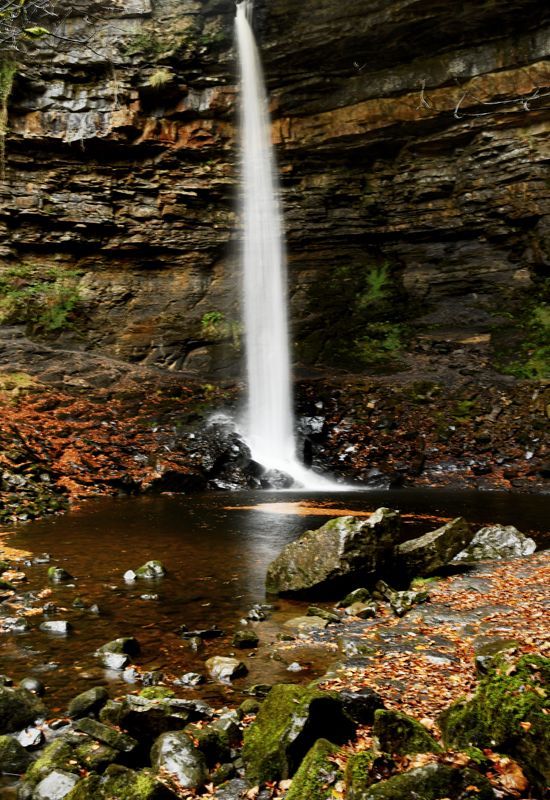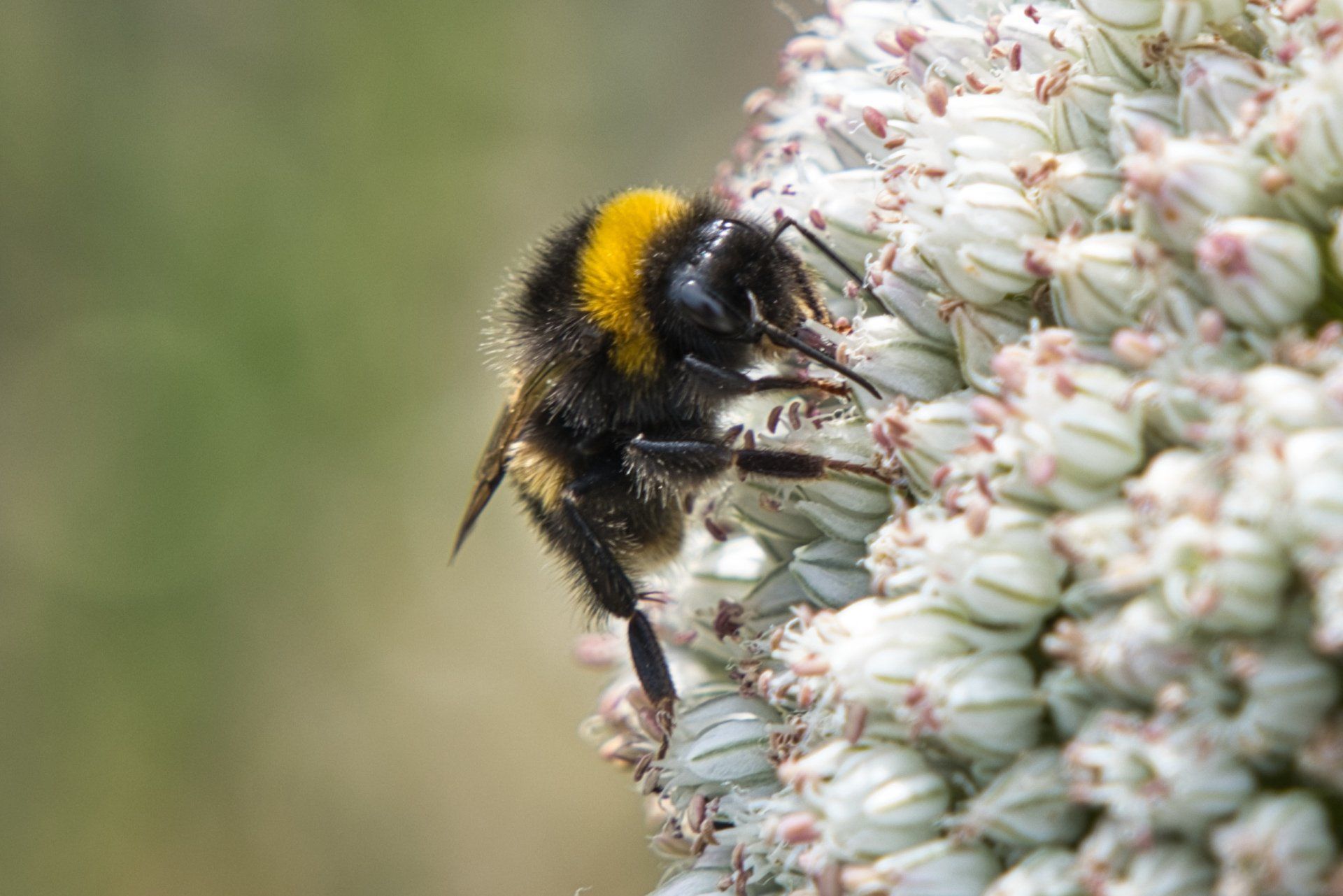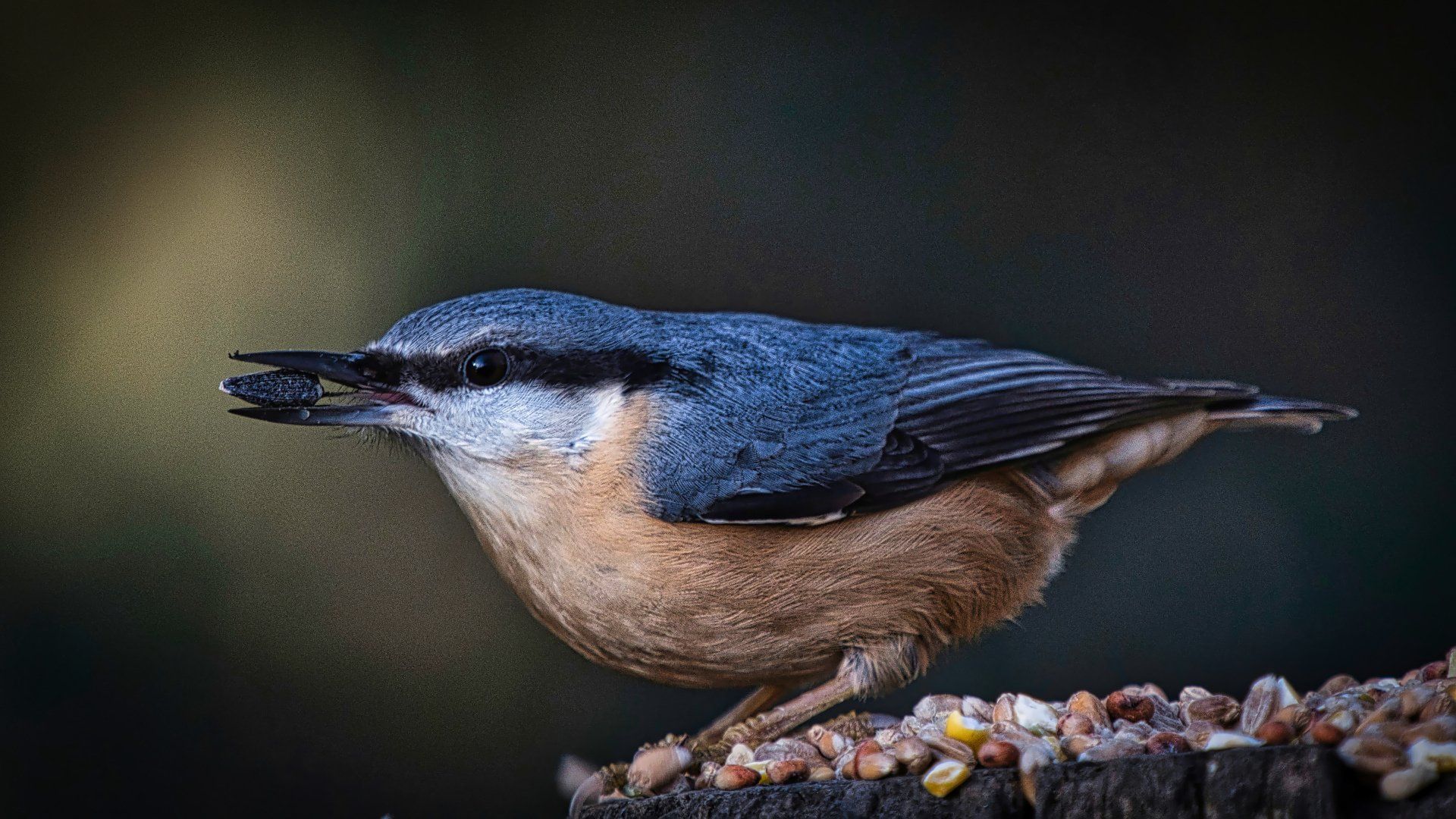The Final Word on Sensors
Derek Smith • 8 August 2022
For me personally a camera with an APS-C sensor is the sweet spot for size, weight, cost, and performance. An APS-C camera usually has a kit lens with a typical focal length of 16-50mm, equating to the 24-70mm typical focal length of a full frame camera kit lens, because the APS-C sensor is smaller than the full frame sensor, the focal length of a lens will be 1.5 times smaller (1.6 times for Canon sensors) to obtain the same field of view.
For lenses I like to have a zoom lens of approximately 16-50mm, and a telephoto lens of 50-300mm, also I do like my fixed focal length lenses, these are called prime lenses, and a photographer can always use a “nifty fifty” 50mm lens, which in APS-C terms becomes a 35mm focal length, with a wide aperture of f/1.2 – f/2.0 for use in low light situations. Many photographers like a selection of prime lenses a typical trio of prime lenses would be 35mm, 50mm, 85mm in full frame terms, that’s 23mm, 35mm, 56mm in APS-C terms.
Nikon, has three APS-C mirrorless cameras, (which are termed as DX) the Nikon Z30, Z50, and the retro styled Zfc. DX Z mount lenses are as follows: 16-50mm, 18-140mm, 50-250mm, however for prime lenses only full frame are currently available, so not a bad start for a relatively new format.
Canon has recently introduced the APS-C Canon R7 which appears to be a professional standard camera, and can be purchased with the RF-S 18-45mm, or the RF-S 18-150mm lens, which should be good for travel. Again, currently no dedicated RF-S prime lenses, but the RF 35mm f/1.8 macro, and the RF 50mm f/1.8 can be used on this camera. For wildlife photography the RF 100-400mm could be a good match for this camera. Now that Canon have chosen to introduce an RF mount APS-C camera, questions inevitably arise over the future of the APS-C M mount system of cameras, and lenses.
Sony has three APS-C mirrorless cameras the A6100, A6400, and the A6600. I fervently believe that Sony dropped the ball on their APS-C offering, considering the Sony NEX 7 was introduced in 2011, with the E mount 16-50mm, and the 55-210mm zoom lenses. The basic rangefinder design of the camera has hardly altered in 11 years!!, still not very ergonomic, in fact the NEX 7 had more controls than its A6000 successor. I used the Sony NEX 3N, the A6000, and the A6300 extensively for a number of years, the auto focus was amazing, possibly even bettering some modern cameras, but the lack of lenses, and poor ergonomics led me to leave the brand. Sony APS-C lens development stagnated, with the R&D development budget used to develop the full frame A7 series of cameras, and lenses. Third party manufacturers Sigma, and Tamron filled the gaps in the APS-C lens line-up early on, and only now is Sony beginning to fill the gaps. Placed alongside the A6100 though, the Nikon Z50, the Fuji XT30, and Fuji X-S10 APS-C cameras all represent improved handling and a better range of native lenses at a similar price point.
Fuji, well where do you start? Fuji X-E4, XT30ii, XT4, X-S10, X-H2S, all APS-C cameras plus a full range of native lenses, in my very humble opinion the king of APS-C.
Images posted with this blog, Nuthatch taken with the Sony A7ii, and with the Olympus E-M5iii. The Bee, and Robin taken with the Fuji XT3.
Clearly the full frame sensor has greater dynamic range, but photographic skills, use of lighting, and choice of lenses will best any advantage that can be obtained from a larger sensor.
The answers to the “Summer Fun Quiz”
A-Monica Olympus O-MD E-M5iii, with Sigma 30mm micro four thirds system at f/5.6
B-Heather Apple iPhone SE
C-Marika Fuji XT20, with XF50mm f/2.0 APS-C system at f/4
D-Ruby Sony A7ii, with Samyang AF 45mm f/1.8 at f/3.5 full frame system
My personal favourite portrait is Ruby, but I don’t believe that this is entirely due to the sensor. Ruby was positioned in the centre of the room, some distance away from an east facing window with net curtains diffusing the light, and the pose strengthens the image. Next favourite is Monica, this time positioned close to the window in full sun, choosing the f/5.6 aperture to control the light, the Sigma 30mm f/1.4 lens (60mm full frame equivalent) was my lens of choice for portraits on micro four thirds, strangely I never took to the 25mm focal length (50mm full frame equivalent). The portrait of Marika was taken with the Fuji XF 50mm f/2.0 lens (75mm full frame equivalent), this was my first outing with the lens, I enjoy the focal length, better than the 85mm full frame lens, the pose, and lighting could have been improved to create a more stunning image.
Louth Photographic Society

Last night members were treated to a showing of the LPA (Lincolnshire Photographic Association) Mono Group presentation. Three of our members, Dave Turner, Richard Hildred, and Chris Birchmore are members of the LPA Mono Group. Dave Turner excellently presented this showcase of the Mono Groups work, many of the images presented were stunning, and inspirational. A simple photo of a padlock on a gate took on a different dimension when presented in monochrome, and landscape photography becomes dramatic in monochrome, especially with a moody sky. It was a very interesting, and well attended evening. Thank you to Dave Turner for presenting, and Dave Mann for the refreshments.

Good Morning All Last week at the club we held a committee meeting, with all committee members in attendance. Harry will once again run the Christmas raffle on our buffet and quiz night, if any member wants to donate a prize, Harry can now accept them, obviously if it's a perishable prize then bringing it in on the night would be better. We are holding a 70th anniversary exhibition next year at the Louth Museum, if any member has local prints that they think may be suitable to put in the exhibition you can bring them to the club any time now. Derek has done a blog on the night with more information. This week, Wednesday 3rd December, we are viewing the LPA mono groups presentation, Dave Turner is a member of the group and will talk us through what the group do and if time allows show us some of his own mono prints. Don't forget to bring your prints along this week for the print competition, with the categories "People" and "Open", to be held the following week, email your titles to Dave Turner in advance please. Regards Graham

We held a Committee meeting last night in place of a regular meeting. The Committee meets twice a year to discuss items pertinent to effective, and smooth running of our Society. The Society celebrates 70 years of continuous operation next year, and we intend to show an exhibition of photographs taken over those years at the Louth Museum. The LPA Battles print competition will be held next year, and consists of 3 rounds held at photographic clubs throughout Lincolnshire, with a final round held at Nettleham. Louth has been drawn to meet with camera clubs in Grantham, and Axholme, and as you can understand this will entail a far amount of travelling. There is a proposal to the LPA which is currently under consideration which would reduce each club entry to 10 prints and for the whole competition to be held at Nettleham in 2027. Our current annual project is “Prime Time”, that is one photo for each month of the year taken with a fixed focal length lens, a prime lens, my choice for this year has been a 45mm lens, which is a full frame 90mm lens. Members show their annual project photos in the January of the following year. The Committee has decided on the project theme for next year as “Water”, which should give members a chance to demonstrate some creativity, as can be seen from the attached image. Our Christmas social event will be held on the 17th December, a buffet will be provided, there will be a quiz, and a raffle, the door entry charge will be £3 for the evening.

Good Morning All Last week at the club we held our PDI of the year, it was a well-attended event and thanks to Harry's organisation skills it all ran very well. Congratulations go to all the subject winners: Pictorial, Harry Kerman, Record, Dave Evans, Portrait, Derek Smith, Photojournalism, David Evans, Landscape, Dave Turner and Natural History, Graham Harrison. The overall winner was Harry Kerman. Well done Harry a great photograph of a White Cosmos. All the top three in each subject are on our website Competition page. Don't forget if you are entering the December print competition, with the categories of "People" and "Open" send your titles to Dave Turner please. The prints need bringing in a week on Wednesday. This week, Wednesday 26th November, we are holding a committee meeting, committee members only for this one please. For newer members we hold two committee meetings a year to organise events and the smooth running of the club. Regards Graham

Last night we held our PDIOTY (PDI of the Year) competition, our judge for the evening was Jorg Malinowski. These annual competitions are an opportunity for members to showcase their best images from the year, some of course from the monthly competitions, as such the competition entries were of an extremely high standard. Jorg performed an excellent job of judging the entries, and the results are all on the website Competition page. Congratulations to Harry Kerman for gaining the title of PDI of the Year with his White Cosmos image.

Good Morning All While we were away the other week we did have a walk around Blackpool. I only took my compact camera which I bought in 2011 but it still works ok and takes decent photographs. It is a Panasonic LX5 which fits in a pocket and is useful now and again. Last week we had mini lectures; photographs we had taken on this year's outings. Four members took part with Richard Hildred filling in with wedding photography from forty odd years ago, a very interesting look at how Richard went about photographing weddings, very different from today with far less photographs been taken. The outings did show we managed to photograph insects and birds on our walks around Red Hill and Rimac. I finished the evening with photographs taken in Somerset and Devon in 2020. This week, Wednesday 19th November, we hold our PDIOTY (PDI of the year) to be judged by Jorj Malinowski of Lincoln. It will be an evening of our best photography and we have just over fifty entries. The NEMPF exhibition acceptances have now been decided, well done to Dave Turner who had two accepted and I managed one acceptance myself. The standard for acceptance is very high, we had four members enter twenty nine PDI'S all together and only three acceptances . We had a lot of near misses, the score required was twelve and we had twelve elevens between us. You will see the exhibition at our club next year. Regards Graham

At our meeting last night members gave a series of mini lectures with 3 members showing images from the club outings to Red Hill, and Rimac. The meeting was completed by Richard Hildred showing some of his early slides. One of the principles of our Society is that we feature workshops, and outings into our annual programme, because the best way to learn photography is to work with other photographers to understand aperture, shutter speed, and ISO. In June at the Red Hill nature reserve the idea was to capture some macro images of the local insect life, and the orchids at this location. Laying, or kneeling in the grass to get close to the insects, or flowers, our members would begin to understand depth of field with using different apertures, each photographer will have his own method of achieving optimum exposure, and sharpness. Personally I tend to use aperture priority mode (A or Av on the mode dial), auto focus, and “rock” gently back and forwards to gain the focus on the subject. At Rimac, members had a lot more latitude to photograph some bird-life, or landscapes. These are some sample images from the Red Hill, and Rimac nature reserves.

Good Morning All A few more photographs from Sedbergh. Sedbergh has a tree that stands out, not quite as Sycamore gap was but on top of a hill with Crook Fell behind it. I did walk to the top of Crook Fell, got a bit wet but a dramatic sky. Last week at the club we had an excellent presentation from Mike Bennett LRPS DPAGB EFIAP BPE3* Mike showed us some of his latest photographs and as Derek's blog says, the sharpness and exposure accuracy of Mike's photographs was second to none. There is a full report on our blog. This week, Wednesday 12th November, we are holding a mini lecture night, camera club outings that we went to this year, which was Rimac and Red Hill. We have four members taking part plus Richard Hildred has offered to show us some more older transparencies. The four are Myself, Dave Turner, Chris and Paul Twomey. Don't forget to send your PDI of the year entries to Harry by midnight Wednesday (12th) Regards Graham

Our speaker last night was the highly talented Mike Bennett, he presented the club with some amazing photographs. For the first half of the presentation he showed many portraits, with the backgrounds skilfully changed, and several composited images. Included in this first half were many travel photos from Serbia, many of the buildings showing the scars of the civil war, photos from Budapest, and Austria. His wildlife photos of pelicans taken at Lake Kerkini in northern Greece were amazing, even though the weather wasn’t all that favourable, and that completed the first half of the evening. After the break, Mike showed us his wildlife photos from the game reserve in Eswatini, (bordering South Africa). The bird photos were very sharp, many of the species such as the Rollers, Vultures, and Ibis are only to be seen in Africa, Mike explained the four “F’s” of bird photography, Flying, Fighting, Feeding, and … yes you’ve guessed it being Friendly. Various other animals were shown, lions, crocodiles, rhino, elephants impala, and warthogs. It was interesting to see the extreme close-up photographs of the rhino, and elephants, as Mike explained those animals are big grey lumps, and sometimes a more interesting photo can be an extreme close-up detailing the skin texture. Mike related how their safari vehicle became held up by a herd of elephants on the track ahead, then a big bull elephant passed behind the vehicle close enough to touch, but of course the group of photographers had to sit absolutely still, until the herd of elephants passed. I was most struck by the photos of the cheetahs, with the photographers walking amongst them!! my favourite from this set was of the cheetah walking up the track pictured on a rise against the sky. The editing, sharpness, and colours from Mike’s photographs was very impressive, it was an extremely good presentation, many thanks Mike.

Good Morning All We have just got back from a week staying at Sedbergh, Cumbria. We had varied weather but not too much rain and some really good light for taking photographs. There is no shortage of water up there the rivers and waterfalls are flowing well. Last week at the club Harry Kerman gave a talk on one of his favourite subjects, flowers. I was not there but going by the blog Harry demonstrated how he goes about taking his photographs with some stunning photographs to show what can be done. This week, Wednesday 5th November, Mike Bennett from Cleethorpes will be our speaker, Mike likes to tell a story with his photographs and seeing some of his talks before it will be an excellent evening. Today, (Sunday) it is the LPA PDI club competition at Nettleham village hall near Lincoln. 1.30 pm for 2pm start. If you have nothing on this afternoon why not go along and see how we get on. The week after (12th November) we hold a series of mini lectures, with this year's club outings as the topic. If you would like to take part, email me please and I will see how many members want to take part. Harry is also taking entries for this year's PDI of the year, all the rules are on our website but any image that has not been in a PDI of the year before and there are six subjects with a maximum of six photographs in all. Closing date is 12th November. Regards Graham




